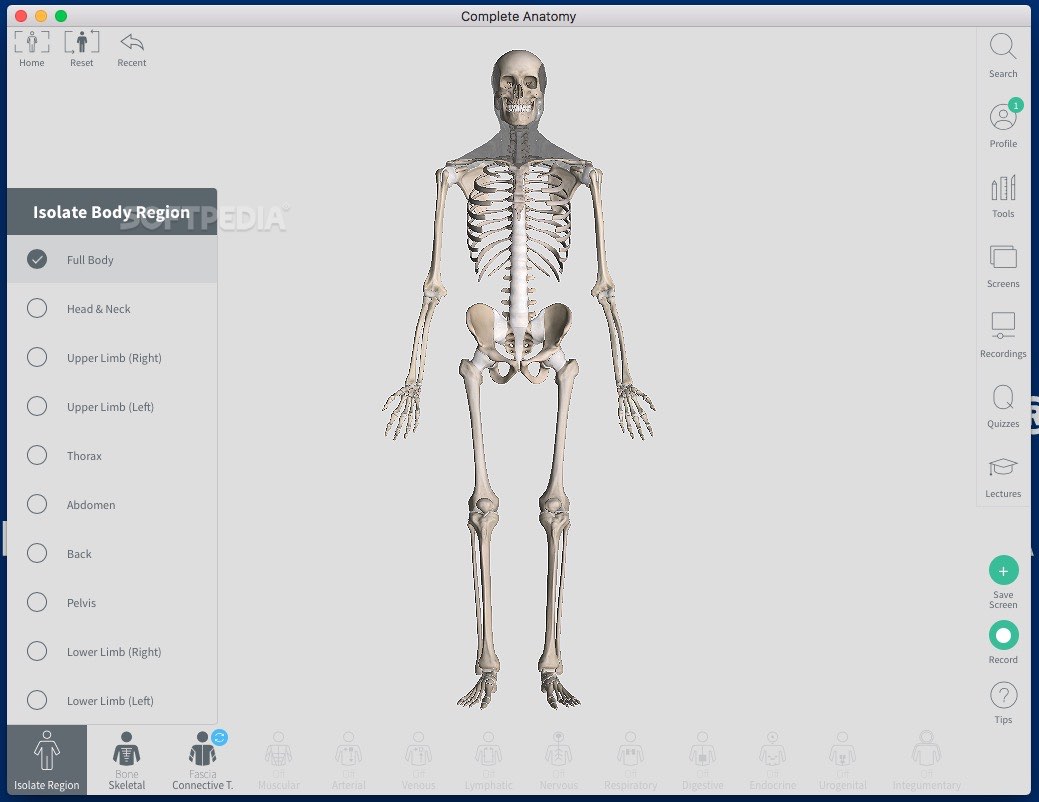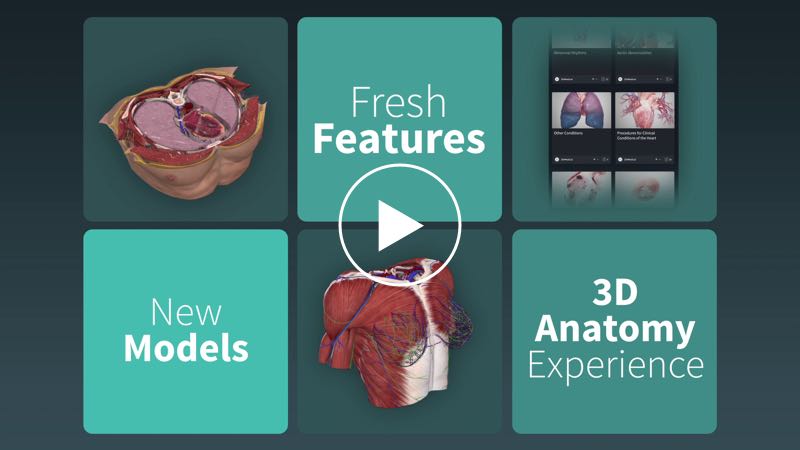

New Anatomy Trains in Motion section by guest author Karin Gurtner uses Pilates-evolved movement to explore strength and plasticity along myofascial meridians.New, larger library of videos includes animations and webinars with the author.Revised and expanded content reflects the most up-to-date research and latest evidence for the scientific basis of common clinical findings.New photos and images of fascial tissues, adhesions, and layers provide a better understanding of text content.Robust appendices discuss the relevance of the Anatomy Trains concept to the work of Dr Louis Schultz (Meridians of Latitude), Ida Rolf (Structural Integration), and correspondences with acupuncture meridians.Section on myofascial force transmission in gait dynamics is written by guest author James Earls.Intuitive content organization allows students to reference the concept quickly or gain a more detailed understanding of any given area according to need.Relevant theory descriptions are applied to all common types of movement, posture analysis, and physical treatment modalities.Revolutionary approach to the study of human anatomy provides a holistic map of myoanatomy to help improve the outcomes of physical therapies that are traditionally used to manage pain and other musculoskeletal disorders.

Complete anatomy 2020 manual movement professional#
In all, this unique exploration of the role of fascial in healthy movement and postural distortion is an essential read for physical therapists, massage therapists, craniosacral therapists, yoga instructors, osteopathologists, manual therapists, athletic and personal trainers, dance instructors, chiropractors, acupuncturists, and any professional working in the field of movement. It also offers a new, larger library of videos, including animations and webinars with the author. This edition has been fully updated with the latest evidence-based research and includes new coverage of anatomy trains in motion using Pilates-evolved movement, anatomy trains in horses and dogs, and the updated fascial compendium on elements, properties, neurology, and origins of the fascial system. This hugely successful, one-of-a-kind title continues to center on the application of anatomy trains across a variety of clinical assessment and treatment approaches - demonstrating how painful problems in one area of the body can be linked to a "silent area" away from the problem, and ultimately giving rise to new treatment strategies. Get a multi-dimensional understanding of musculoskeletal anatomy with Anatomy Trains: Myofascial Meridians for Manual Therapists & Movement Professionals, 4th Edition.


 0 kommentar(er)
0 kommentar(er)
